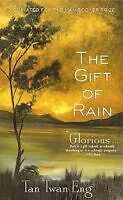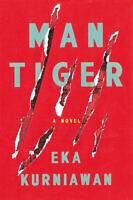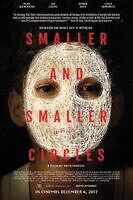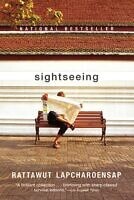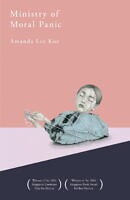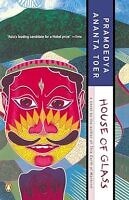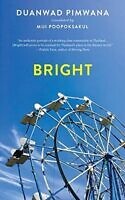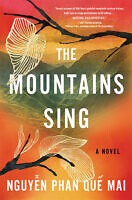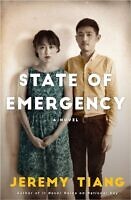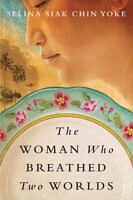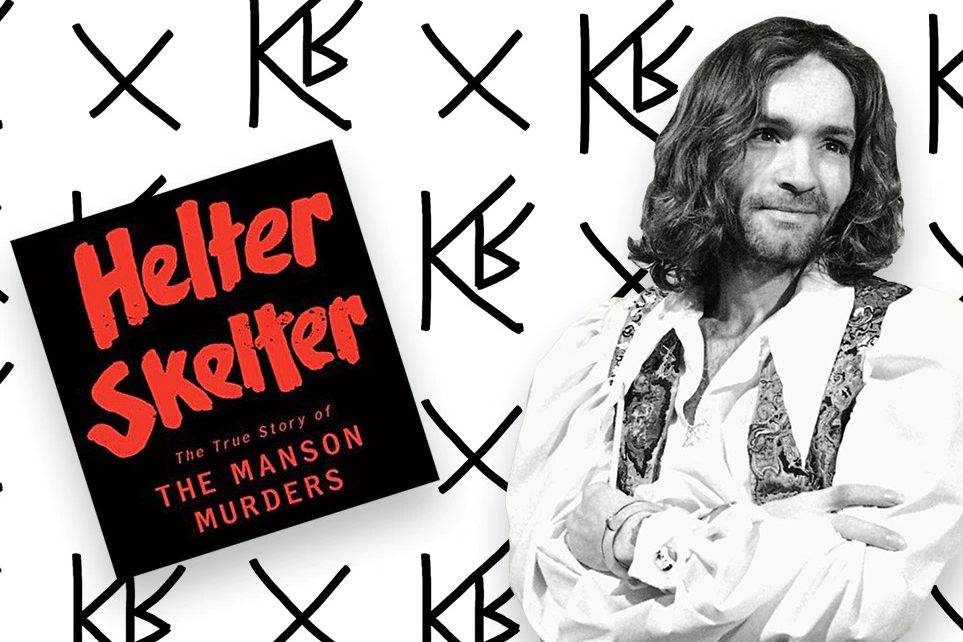Must Read Books from SE Asia
 image10 1
image10 1
Perhaps the most underrated and under-represented region in world literature, here is a selection of 12 of the Best Books from SE Asia to get started with. Our Best Asian Novels recommendations offer an insight in to the lives, culture and history of this vibrant and diverse region.
Must Read Books from SE Asia
The Gift of Rain by Tan Twan Eng (Malaysia)
Tan Twan Eng’s debut novel set in Penang at the onset of WW2 is a powerful study of courage, morals and loyalties. Sixteen-year-old Philip is of mixed British and Chinese heritage, and feels alienated from both communities. He forms an unexpected friendship with Hayato Endo, a Japanese diplomat who trains him in Aikido. But when the Japanese invade, Philip discovers Endo is a spy. Forced into collaborating with the Japanese to safeguard his family he becomes the ultimate outsider, trusted by none and hated by many. A tormented Philip decides to risk everything to make amends.
Man Tiger by Eka Kurniawan (Indonesia)
Kurniawan’s novel blends epic narrative with magical realism. This brief tale gives a fascinating insight into rural Indonesion life
In a small Indonesian town, the residents are astonished when a usually quiet Margio kills a man named Anwar Sadat. The town’s commander doesn’t buy the story, but Margio confesses to the deed. According to him, a ghostly tiger living inside his body is the culprit.
The Sympathizer by Viet Thanh Nguyen (Vietnam)
The debut novel from Nguyen – an American Vietnamese professor – won the Pulitzer Prize for Fiction in 2016. The protagonist is a communist double agent, only ever known to the reader as the Captain. He’s the illegitimate child – of a young Vietnamese woman from a village, and a French catholic priest – who struggles with a sense of a double identity from a young age. But his character gives a voice to the Vietnam War from a non-American perspective. After being educated in America in the 1960s, he returns to Vietnam, but the fall of Saigon forces everyone out, and he later seeks refuge in California.
This thriller of a novel draws on immigration, war and politics, but at its heart, it explores the idea of a dual identity.
Smaller and Smaller Circles by F.H Batacan (Philippines)
Set in late 90’s Manila, this detective story follows two Jesuit priests who take the matter of protecting their flock into their own hands. Father Gus Saenz is a respected forensic anthropologist, one of the few in the Philippines, and has been tapped by the Director of the National Bureau of Investigations as a backup for police efforts. Together with his protégé, Father Jerome Lucero, a psychologist, Saenz dedicates himself to tracking down the monster preying on these impoverished boys.
Sightseeing by Rattawut Lapcharoensap (Thailand)
Set in contemporary Thailand, this brilliant collection of short stories and one novella is the debut novel of Rattawut’s. Themes such as family bonds, cultural erosion and generational conflicts highlight these funny and poignant stories. The writing has a gift for detail and bristles with imagination.
Sightseeing introduces its readers to the young boy and his brother speeding on a moped to the Cafe Lovely, a brothel in Bankok; Priscilla the Cambodian, a girl whose mouth is stuffed with the family fortune; a woman approaching blindness who barters for a last pair of sunglasses; and a pig called Clint Eastwood.
Ministry of Moral Panic by Amanda Lee Koe (Singapore)
This award-winning debut collection from Amanda Lee Koe plumbs the depths of Singaporean memory to present stories about sex, morality and human connection.
Meet an over-the-hill Pop Yé-yé singer with a faulty heart, two conservative middle-aged women holding hands in the Galápagos, and the proprietor of a Laundromat with a penchant for Cantonese songs of heartbreak. Rehash national icons: the truth about racial riot fodder-girl Maria Hertogh living out her days as a chambermaid in Lake Tahoe, a mirage of the Merlion as a ladyboy working Orchard Towers, and a high-stakes fantasy starring the still-suave lead of the 1990s TV hit serial The Unbeatables.
Heartfelt and sexy, the stories of Amanda Lee Koe encompass a skewed world fraught with prestige anxiety, moral relativism, sexual frankness, and the improbable necessity of human connection. Told in strikingly original prose, these are fictions that plough, relentlessly, the possibilities of understanding Singapore and her denizens discursively, off-centre.
House of Glass by Pramoedya Ananta Toer (Indonesia)
With House Of Glass comes the final chapter of Pramoedya’s epic quartet, set in the Dutch East Indies at the turn of the century. A novel of heroism, passion, and betrayal, it provides a spectacular conclusion to a series hailed as one of the great works of modern literature.
At the start of House of Glass, Minke, writer and leader of the dissident movement, is now imprisoned—and the narrative has switched to Pangemanann, a former policeman, who has the task of spying and reporting on those who continue the struggle for independence.
But the hunter is becoming the hunted. Pangemanann is a victim of his own conscience and has come to admire his adversaries. He must decide whether the law is to safeguard the rights of the people or to control the people. He fears the loss of his position, his family, and his self-respect. At last Pangemanann sees that his true opponents are not Minke and his followers, but rather the dynamism and energy of a society awakened.
Bright by Duanwad Pimwana (Thailand)
When five-year-old Kampol is told by his father to sit in front of their run-down apartment building and await his return, the confused boy does as he’s told—he waits and waits and waits, until he realizes his father isn’t coming back anytime soon. Adopted by the community, Kampol is soon being raised by figures like Chong the shopkeeper, who rents out calls on his telephone and goes into debt extending his customers endless credit.
Dueling flea markets, a search for a ten-baht coin lost in the sands of a beach, pet crickets that get eaten for dinner, bouncy ball fads, and loneliness so merciless that it kills a boy’s appetite all combine into this first-ever novel by a Thai woman to appear in the U.S.
Duanwad Pimwana’s urban, at times gritty vignettes are balanced with a folktale-like feel and a charmingly wry sense of humor. Together, they combine into the off-beat, satisfying, and sometimes magical coming-of-age story of an unforgettable young boy and the timeless legends, traditions, and personalities that go into his formation.
Dusk by F Sionil José (Philippines)
F. Sionil Jose begins his five-novel Rosales Saga, which the poet and critic Ricaredo Demetillo called “the first great Filipino novels written in English.” Set in the 1880s, Dusk records the exile of a tenant family from its village and the new life it attempts to make in the small town of Rosales. Here commences the epic tale of a family unwillingly thrown into the turmoil of history.
But this is more than a historical novel; it is also the eternal story of man’s tortured search for true faith and the larger meaning of existence. Jose has achieved a fiction of extraordinary scope and passion, a book as meaningful to Philippine literature as One Hundred Years of Solitude is to Latin American literature.
The Mountains Sing by Nguyễn Phan Quế Mai (Vietnam)
The Mountains Sing tells an enveloping, multigenerational tale of the Trần family, set against the backdrop of the Việt Nam War. Trần Diệu Lan, born in 1920, was forced to flee her family farm with her six children during the Land Reform. Years later in Hà Nội, her young granddaughter, Hương, comes of age as her parents and uncles fight in a war that tears not just her beloved country, but her family apart.
The Mountains Sing is Quế Mai’s debut novel and the first book she has written in English. With the novel’s publication, Quế Mai has become the first Vietnamese citizen whose fiction in English is published to international acclaim.
State of Emergency by Jeremy Tiang (Singapore)
Siew Li leaves her husband and children in Tiong Bahru to fight for freedom in the jungles of Malaya. Decades later, a Malaysian journalist returns to her homeland to uncover the truth of a massacre committed during the Emergency. And in Singapore, Siew Li’s niece Stella finds herself accused of being a Marxist conspirator.
Jeremy Tiang’s debut novel dives into the tumultuous days of leftist movements and political detentions in Singapore and Malaysia. It follows an extended family from the 1940s to the present day as they navigate the choppy political currents of the region. What happens when the things that divide us also bind us together?
The Woman Who Breathed Two Worlds By Selina Sian Chin Yoke (Malaysia)
Facing challenges in an increasingly colonial world, Chye Hoon, a rebellious young girl, must learn to embrace her mixed Malayan-Chinese identity as a Nyonya—and her destiny as a cook, rather than following her first dream of attending school like her brother.
Amidst the smells of chillies and garlic frying, Chye Hoon begins to appreciate the richness of her traditions, eventually marrying Wong Peng Choon, a Chinese man. Together, they have ten children. At last, she can pass on the stories she has heard—magical tales of men from the sea—and her warrior’s courage, along with her wonderful kueh (cakes).
But the cultural shift towards the West has begun. Chye Hoon finds herself afraid of losing the heritage she so prizes as her children move more and more into the modernising Western world.
If you enjoyed our Reading List of the Best Books from SE Asia, check out our Japanese Literature Quiz.








